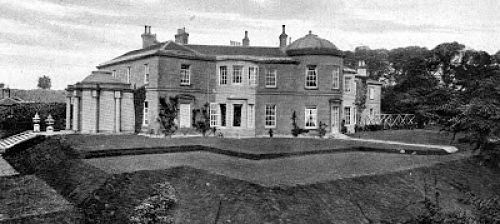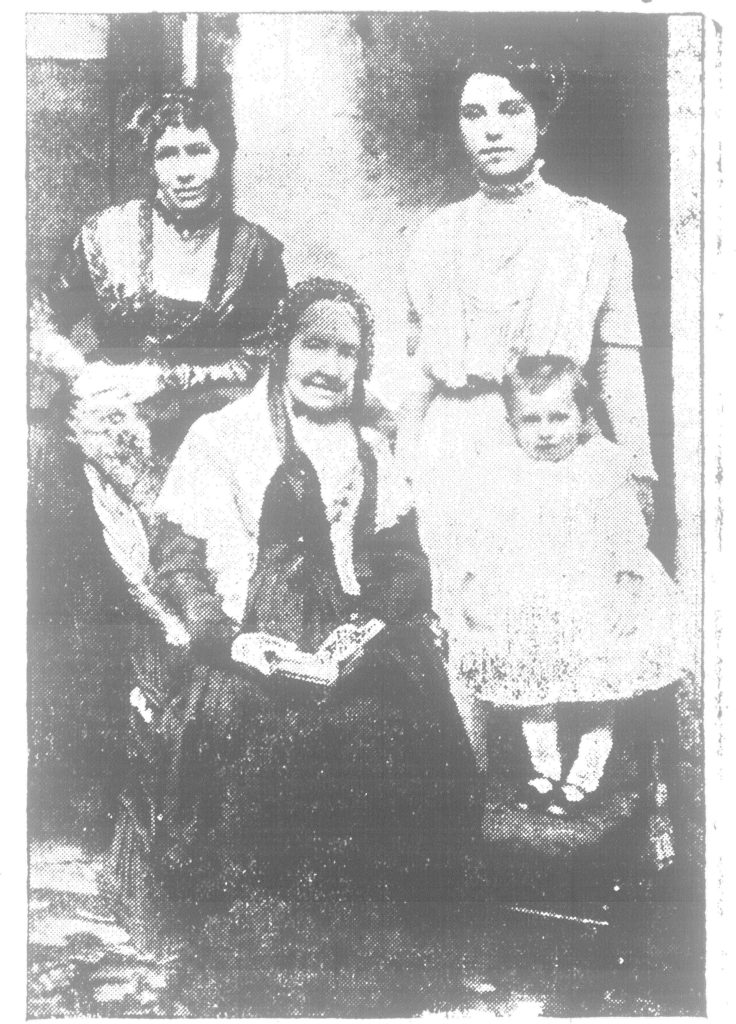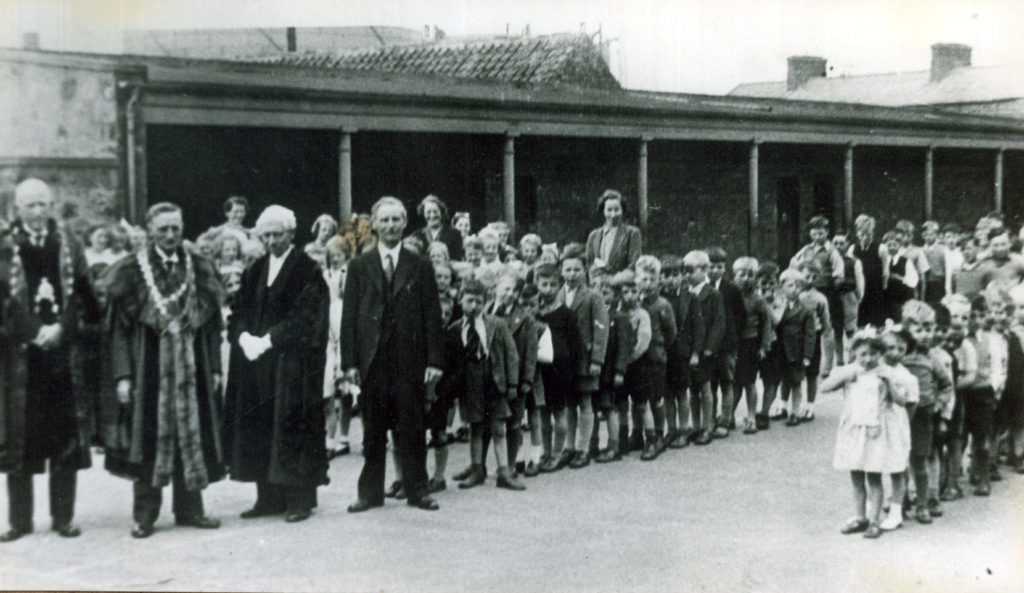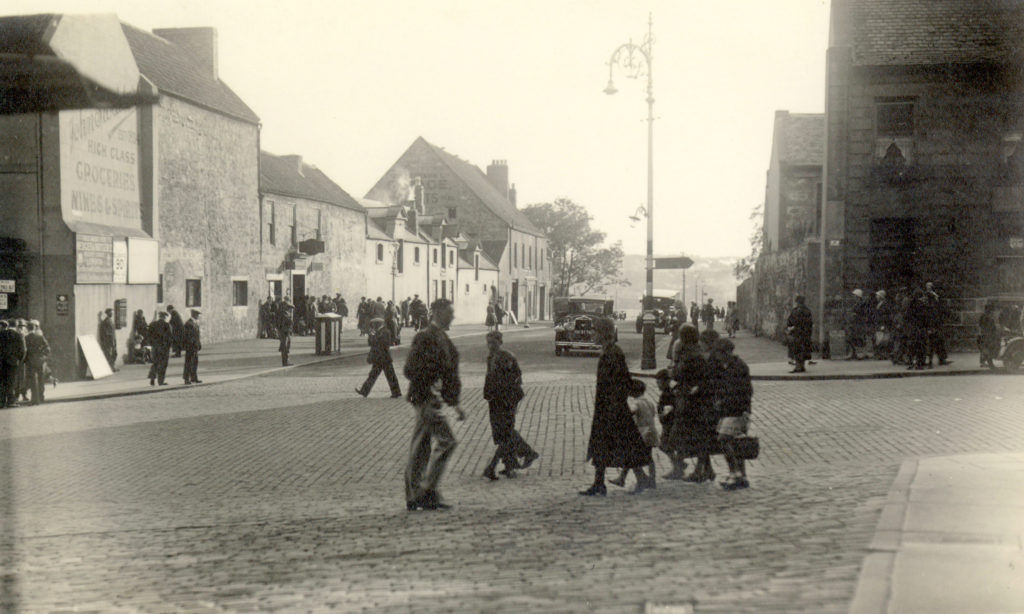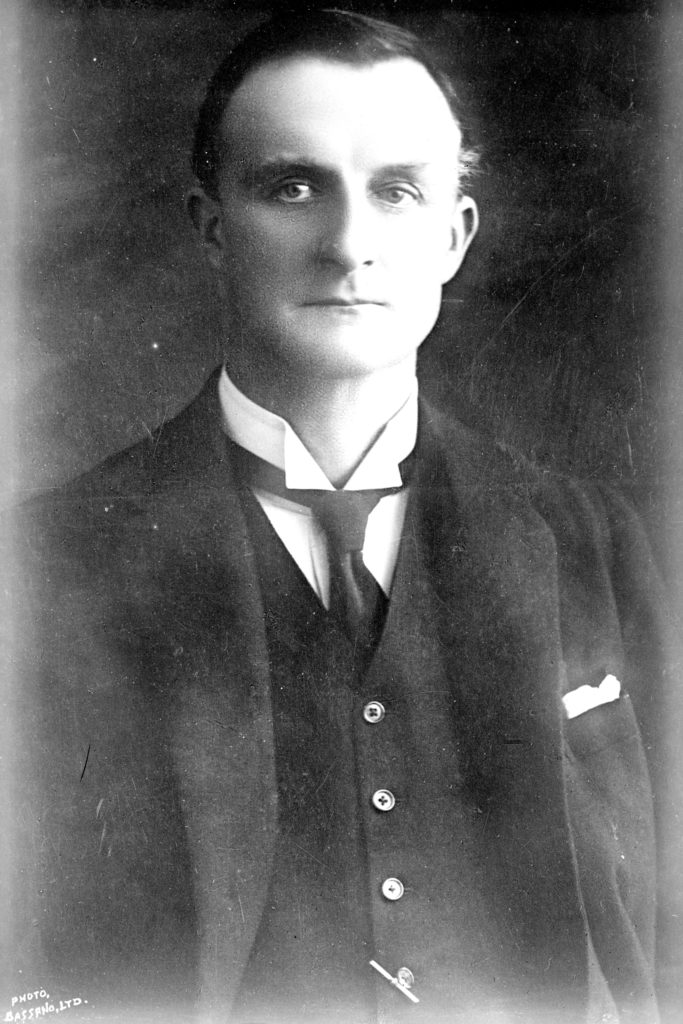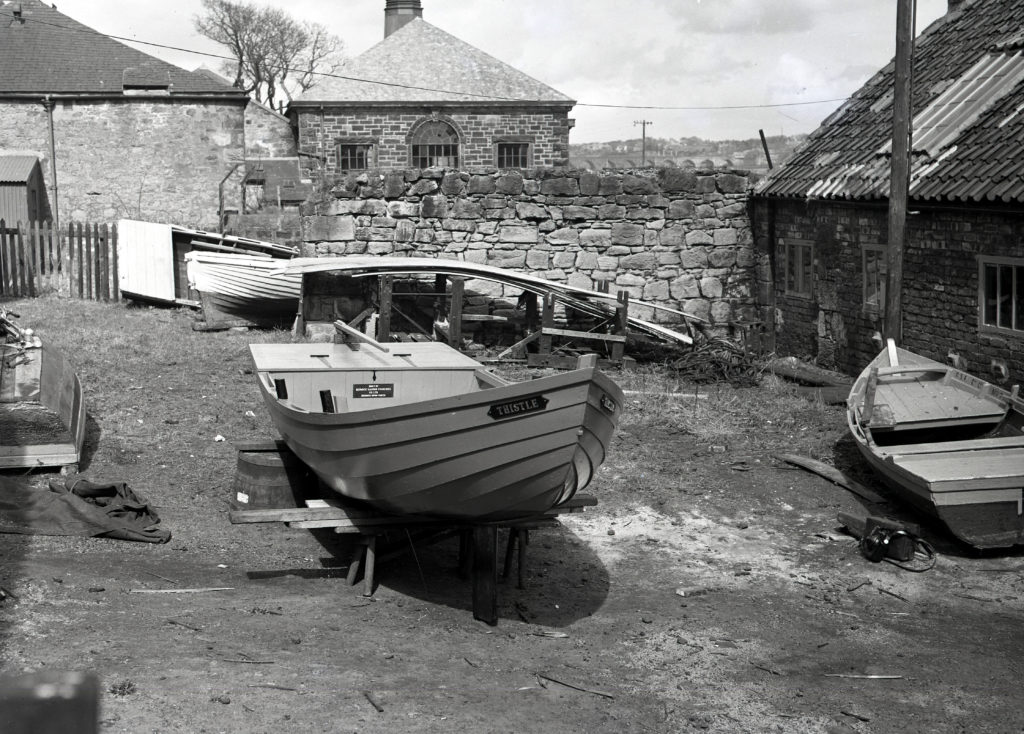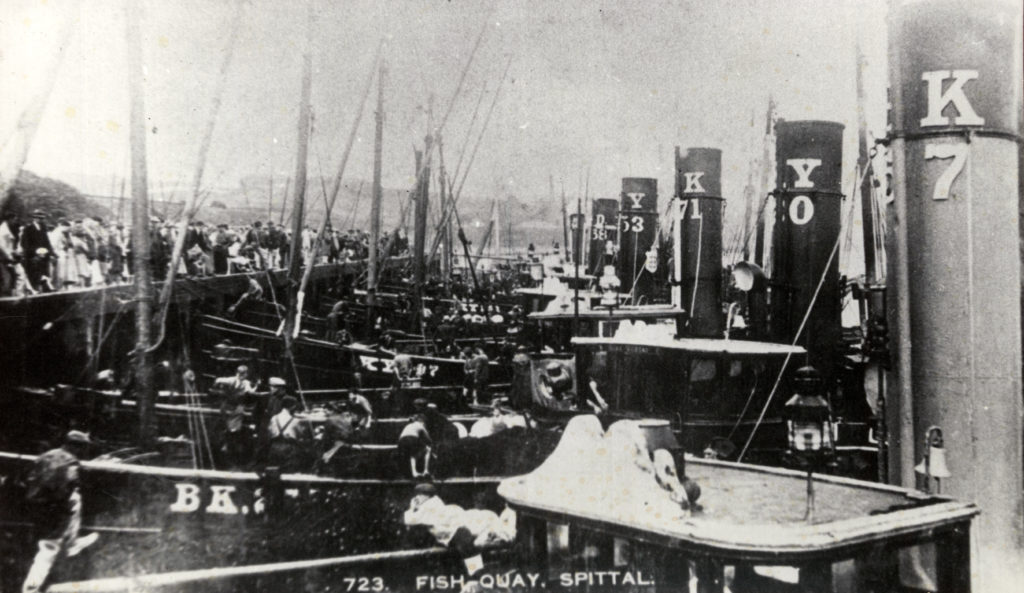BERWICK ADVERTISER, 11 AUGUST 1916
LOCAL NEWS
Another Rescue at Spittal Beach – On Friday forenoon, while Miss Ballanine, belonging to Selkirk, was bathing at Spittal sands she got into difficulties, and was being carried out when her perilous condition was observed by John Little, telegraph clerk, Hawick, who at once swam to her assistance. He succeeded in bringing her ashore. The lady was considerably exhausted, and was conveyed home to her lodgings at Rosebank Cottage, where she gradually recovered.

Railwaymens’ Excursion – On Sunday last the N.E.R. Locomotive employees at Tweedmouth, together with a few friends, to the number of 28, journeyed to Rothbury by motor char-a-banc for their annual outing.The outward journey, leaving Tweedmouh a 9 o’clock, was through Belford, Alnwick, and across the country via Long Framlington, Rothbury being reached at 1 o’clock, after a pleasant journey through the rugged beauties of the heart of Northumberland. Dinner was waiting at the Turks Head Hotel, and everyones appetite being in superb order after the invigorating drive, ample justice was done to the good things laid before them, and every man rose from the table satisfied. After 3 hours go-as-you-please, through the beautiful inland town, the homeward journey was commenced shortly after 4 o’clock, the route home being via Whittingham, Glanton, Wooler, and Ancroft.
The scenery from Rothbury to Whittingham is simply enchanting, easily defying description, and Northumbrians have reason to be proud of their country, its equal in rugged beauty being hard to find, especially at this time of year. A short halt was made at Wooler, and the inner man refreshed, after which the last stage of the journey was commenced, Tweedmouth being reached shortly after 9 p.m. The excursion was a complete success from every point of view, the greatest harmony and cordiality prevailing throughout the day amongst the entire company, the arrangements for the comfort of all were perfect, and worked as successfully and smoothly as did the motor, he manipulation of which, on the circuitous switch back roads it had to travel with a full load, called forth the admiration of all.
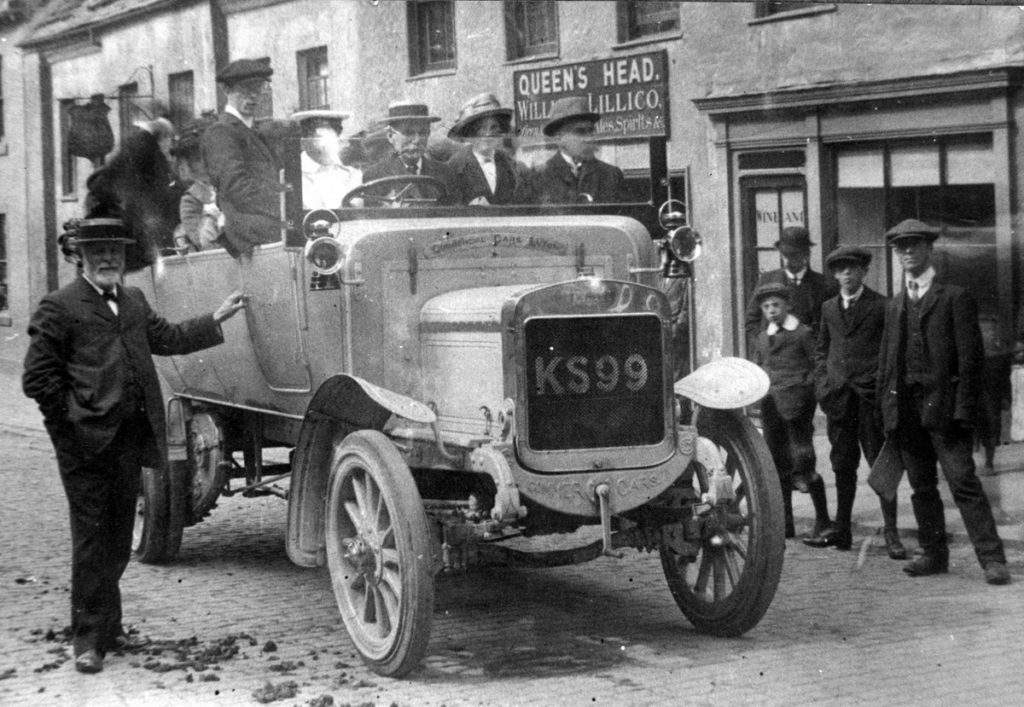
Ladies Good Work for the Wounded – A very interesting exhibition was held on Thursday afternoon in premises in Bridge Street, Berwick, of all kinds of nursing and other appliances for the comfort of our wounded soldiers. Lady Dalywell and a number of other prominent lady workers were in attendance, all busily engaged in their various departments in forwarding the humane work they have so much at heart. During the day the premises were visited by a number of the prominent citizens, who were much impressed with the multifarious articles which have been prepared by the dexterous and busy fingers of the ladies. The workers in their dainty white costumes as they industriously pursued their labours with the needle or flitted about the various rooms were a sweet and interesting spectacle, agreeably harmonising with the bright and luxuriant sun shine that is now prevailing at this midsummer period of the year.
Man Dies from Heat Stroke – An inquest touching the death of Robert Gibson, 51 Walkergate, was held by Coroner Wm. Weatherhead and a jury in the Town Hall, Berwick, on Monday. From evidence led it appeared that the deceased had been at Holy Island on Saturday, 5th August, and returned home about 5 p.m. He complained of the heat, and having sat down at the table to eat a meal, suddenly complained of a pain in his chest. After having rested he again sat down at the table, but almost immediately slipped from his chair, to the floor, when it was found that he had expired. After Dr C. L. Fraser had stated death to have been caused by heart failure following upon heat stroke, the jury returned a verdict in accordance with the medical evidence. The Coroner remarked that this was the first case of death from heat stroke, he had investigated in the Borough is his time, nor had he heard of his father before him having such a case.
Refreshments for Soldiers and Sailors – The scheme originated by Lady Clementine Waring, Mrs Milne Home, and Mrs Fraser Bate, and worked by the Committee of Berwick Army and Navy Recreation Rooms, – whereby Soldiers and Sailors arriving at Berwick and requiring to break the journey, are provided with refreshments free of charge, continues to be a great boon to our gallant defenders. The month of July has again passed all previous records, no less than 250 men having been provided for. When it was sated that since its inauguration at the beginning of December this scheme has provided for some 1400 men there can be no doubt that it has fully justified its existence.
Lady Clementine Waring was the wife of Major Walter Waring, Liberal MP for Banff, who fought in the war. She converted their home (pictured), Lennel House, Coldstream, Berwickshire into a convalescent home for officers and did a great deal to support the needs of the soldiers.


